(The Classic Tradition : European Art from 15th to 19th Centuries, 28th May 2020) 19TH CENTURY CHINA TRADE SCHOOL DRAGON BOAT RACING AND THREE OTHER VIEWS Oil on canvas, and three others, a set of four: 'Chinese New Year procession', 'Military skirmish' and 'Open-air theatre at night,' each in a faux bamboo frame (Qty: 4) 49.5cm x 64cm (19.5in x 25.25in) Note: Produced in response to the growing Western demand for ‘exotic’ goods in 18th and 19th centuries, China Trade paintings were made as souvenirs for the European and North American merchants visiting Chinese trade ports. Showing scenes from Chinese life, these paintings portrayed subjects which were likely to be of interest to Western visitors such as Chinese flora and fauna, imperial and bureaucratic scenes, and locations most often visited by foreign merchants such as the factories in Canton, the Pearl River and Macau. Some scenes were even inspired by, or copies of works by, European Old Masters. Catering to Western tastes, the style of these paintings is an amalgamation of Chinese and Western aesthetics. This set of paintings are an unusual combination of subjects in distinctive faux bamboo frames. The first painting depicts dragon-boat racing, although first recorded in the Song Dynasty and still practised world-wide, it is however a rare subject for China Trade painters. The view of competing boats disappearing from view around a headland as crowds of onlookers watch from the cliff-tops would have been a dynamic visual record of life in China for a returning merchant or sea captain. Another surprising composition is the fourth scene, which depicts an armed conflict between warring Chinese factions. It is tempting to suggest that the painting depicts The Taiping Rebellion, the civil war waged between the ruling Qing Dynasty and the Hakka-led Taiping Heavenly Kingdom between 1850 and 1864. However, it is not entirely clear as although some soldiers wear the typical uniform of red jackets and blue trousers of the Taiping forces, by no means all are, and the opposing side’s uniforms are not readily identifiable. This raises further questions as to why Chinese artists, although painting for the export market, would choose to depict such a sensitive subject - an armed insurrection against the ruling dynasty. A conflict contemporary with the height of popularity of China Trade paintings, this scene could have been in commemoration of a successful, important victory for the Qing dynasty – a message to the world that the Qing Dynasty was strong and that this conflict was inconsequential. As these works travelled west, China Trade paintings became bearers of information. While not wholly historically accurate, these scenes operated as valuable vehicles in the construction of reality, providing a wealth of information concerning globalisation, international trade, and daily life in China from the mid-18th to late 19th centuries.
(The Classic Tradition : European Art from 15th to 19th Centuries, 28th May 2020) 19TH CENTURY CHINA TRADE SCHOOL DRAGON BOAT RACING AND THREE OTHER VIEWS Oil on canvas, and three others, a set of four: 'Chinese New Year procession', 'Military skirmish' and 'Open-air theatre at night,' each in a faux bamboo frame (Qty: 4) 49.5cm x 64cm (19.5in x 25.25in) Note: Produced in response to the growing Western demand for ‘exotic’ goods in 18th and 19th centuries, China Trade paintings were made as souvenirs for the European and North American merchants visiting Chinese trade ports. Showing scenes from Chinese life, these paintings portrayed subjects which were likely to be of interest to Western visitors such as Chinese flora and fauna, imperial and bureaucratic scenes, and locations most often visited by foreign merchants such as the factories in Canton, the Pearl River and Macau. Some scenes were even inspired by, or copies of works by, European Old Masters. Catering to Western tastes, the style of these paintings is an amalgamation of Chinese and Western aesthetics. This set of paintings are an unusual combination of subjects in distinctive faux bamboo frames. The first painting depicts dragon-boat racing, although first recorded in the Song Dynasty and still practised world-wide, it is however a rare subject for China Trade painters. The view of competing boats disappearing from view around a headland as crowds of onlookers watch from the cliff-tops would have been a dynamic visual record of life in China for a returning merchant or sea captain. Another surprising composition is the fourth scene, which depicts an armed conflict between warring Chinese factions. It is tempting to suggest that the painting depicts The Taiping Rebellion, the civil war waged between the ruling Qing Dynasty and the Hakka-led Taiping Heavenly Kingdom between 1850 and 1864. However, it is not entirely clear as although some soldiers wear the typical uniform of red jackets and blue trousers of the Taiping forces, by no means all are, and the opposing side’s uniforms are not readily identifiable. This raises further questions as to why Chinese artists, although painting for the export market, would choose to depict such a sensitive subject - an armed insurrection against the ruling dynasty. A conflict contemporary with the height of popularity of China Trade paintings, this scene could have been in commemoration of a successful, important victory for the Qing dynasty – a message to the world that the Qing Dynasty was strong and that this conflict was inconsequential. As these works travelled west, China Trade paintings became bearers of information. While not wholly historically accurate, these scenes operated as valuable vehicles in the construction of reality, providing a wealth of information concerning globalisation, international trade, and daily life in China from the mid-18th to late 19th centuries.

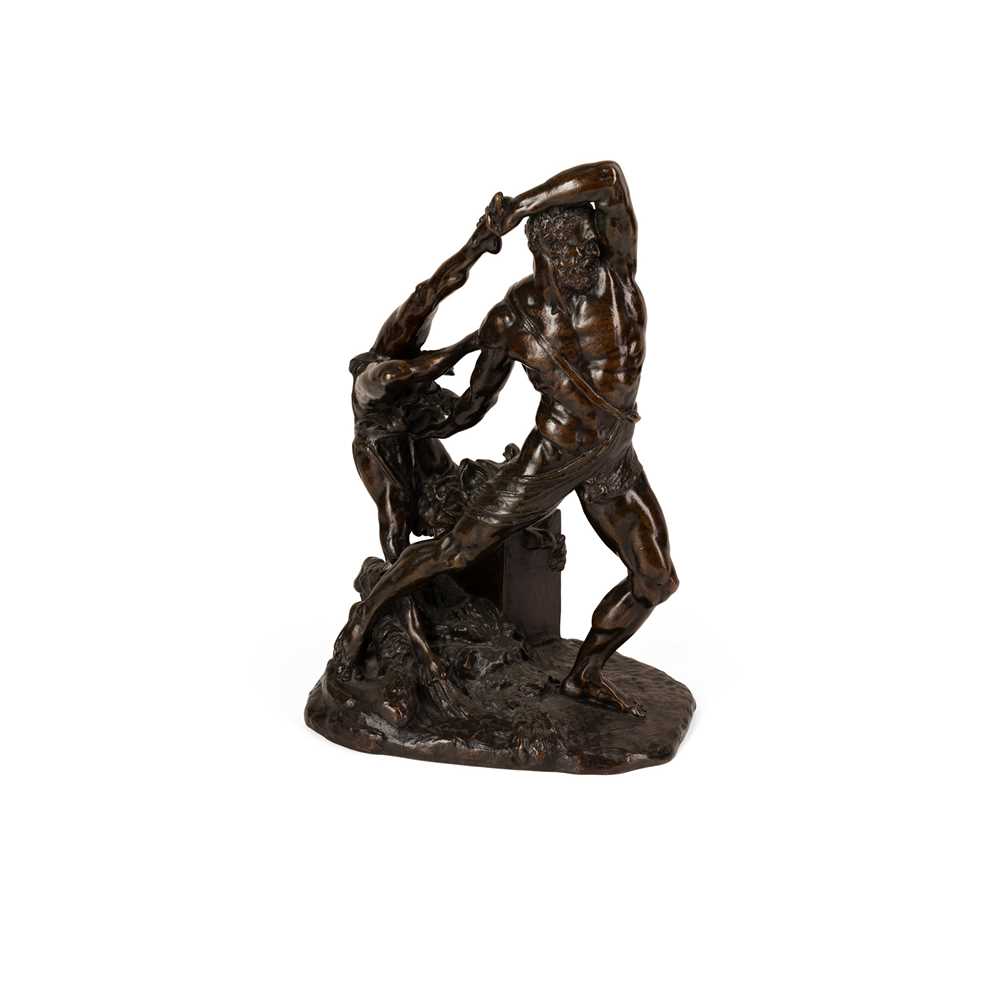
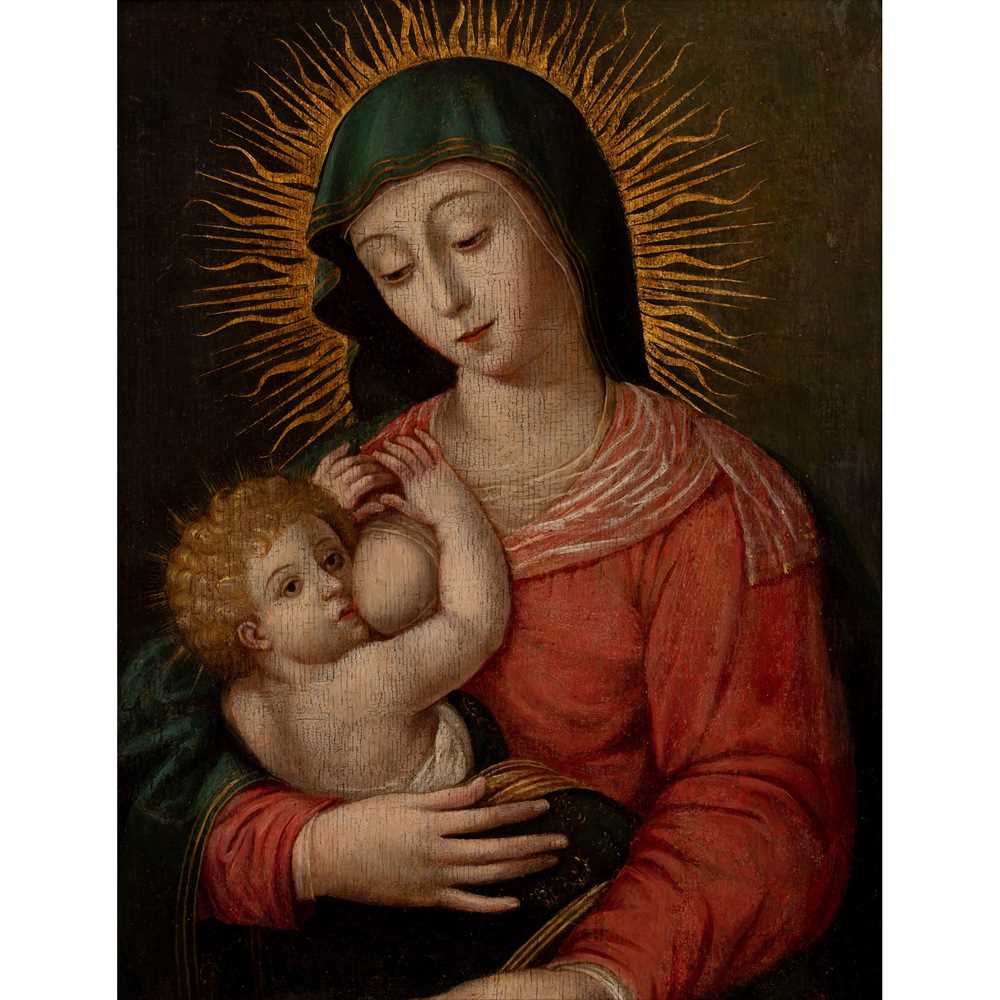
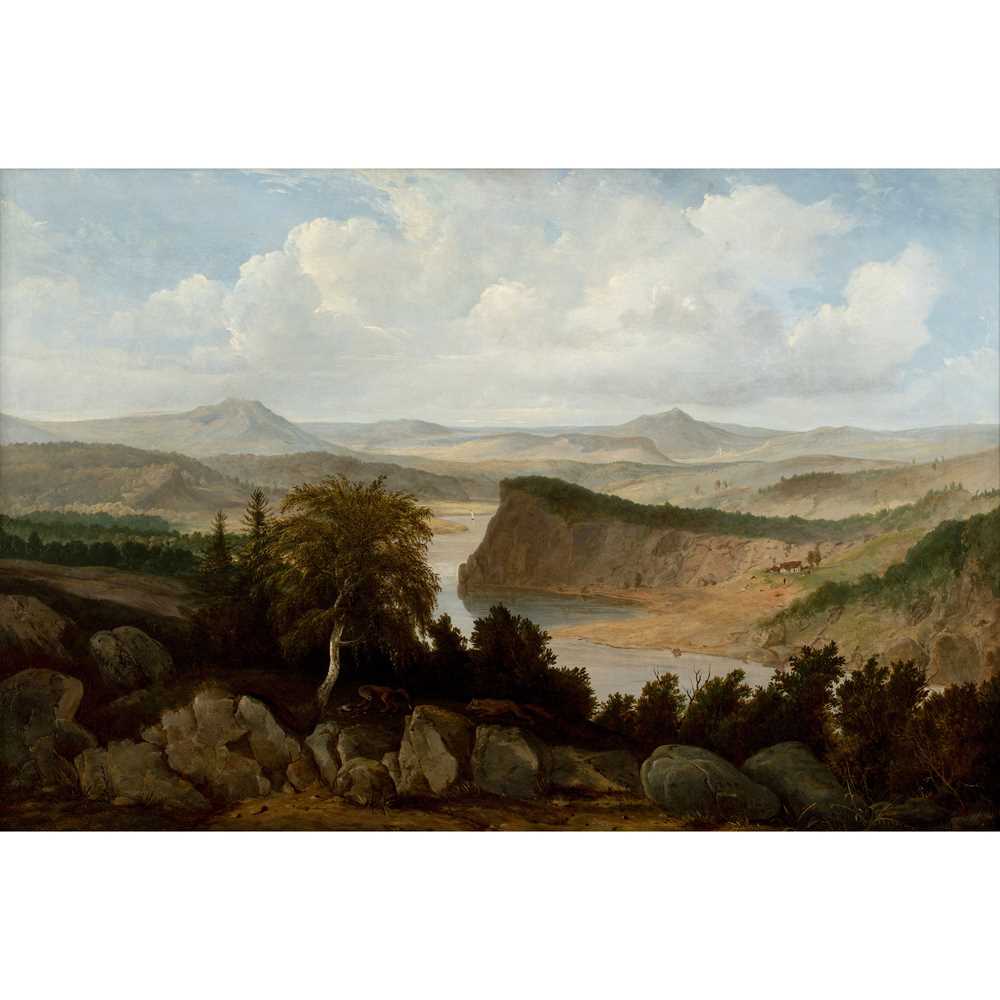
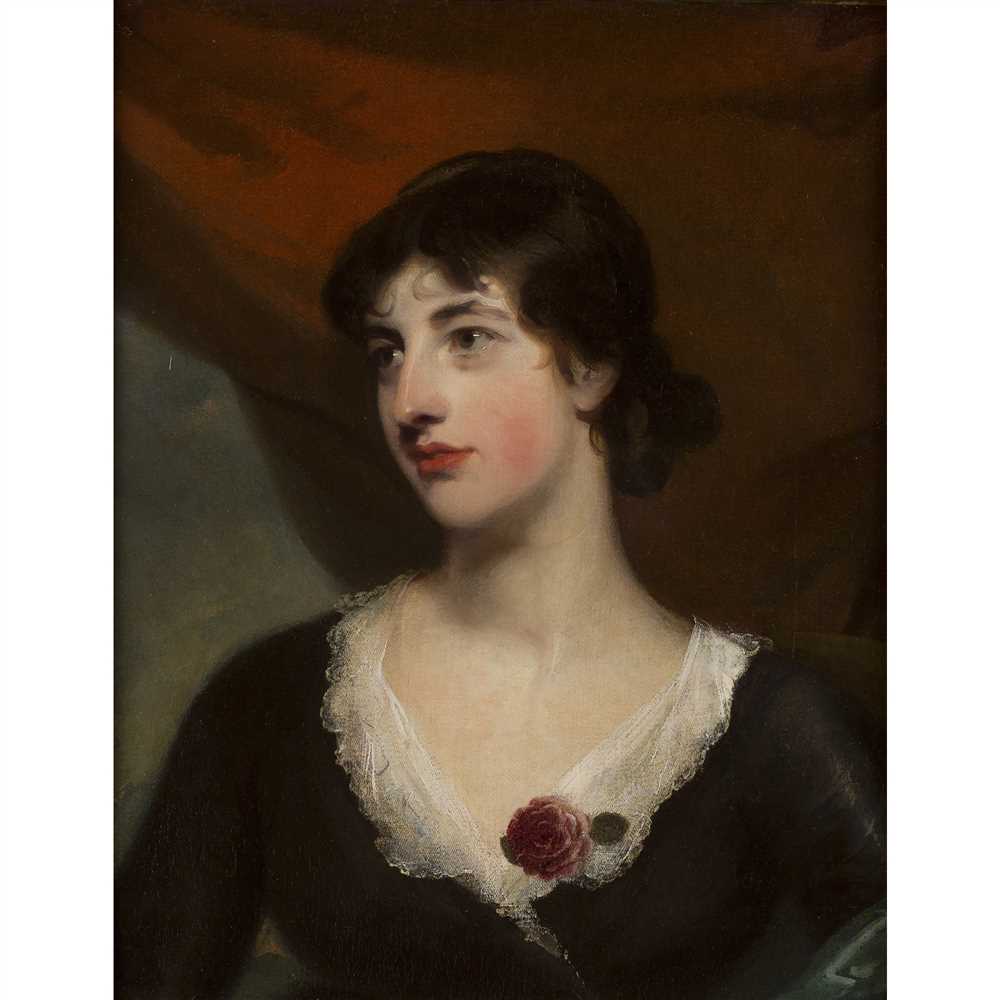
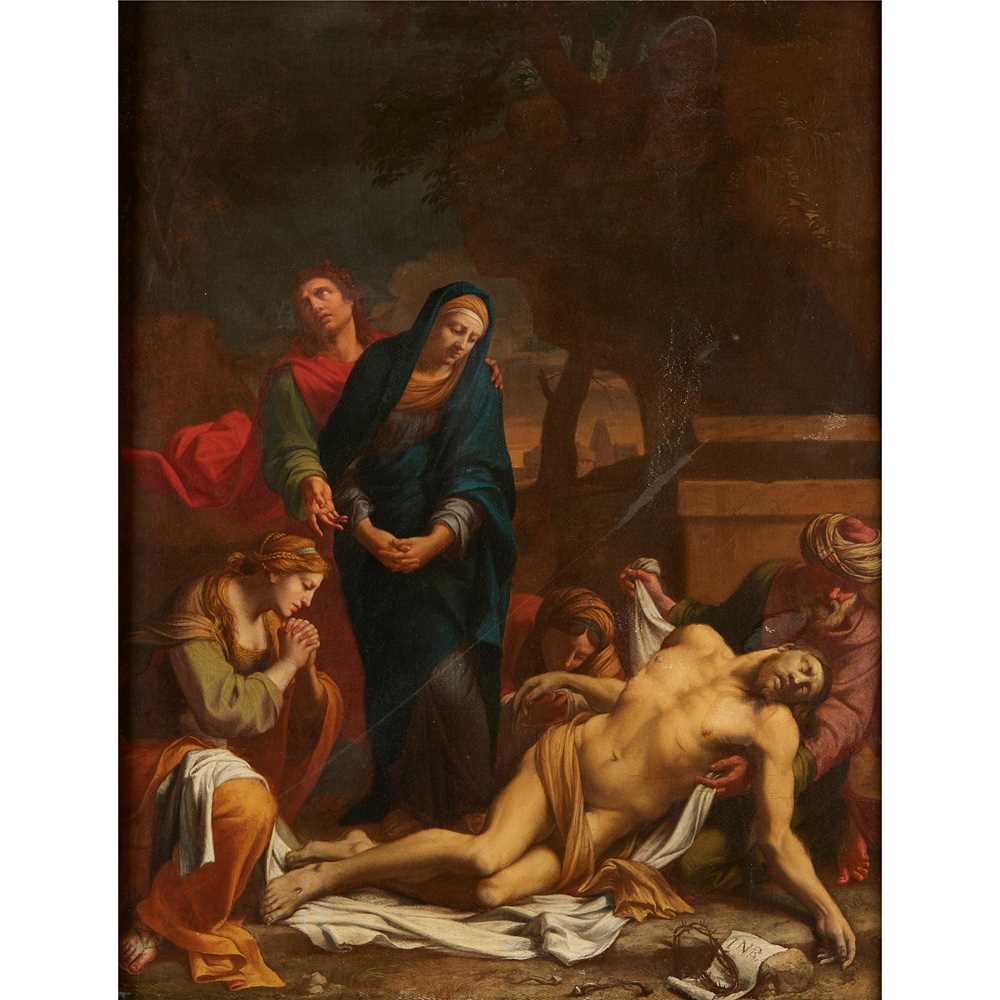
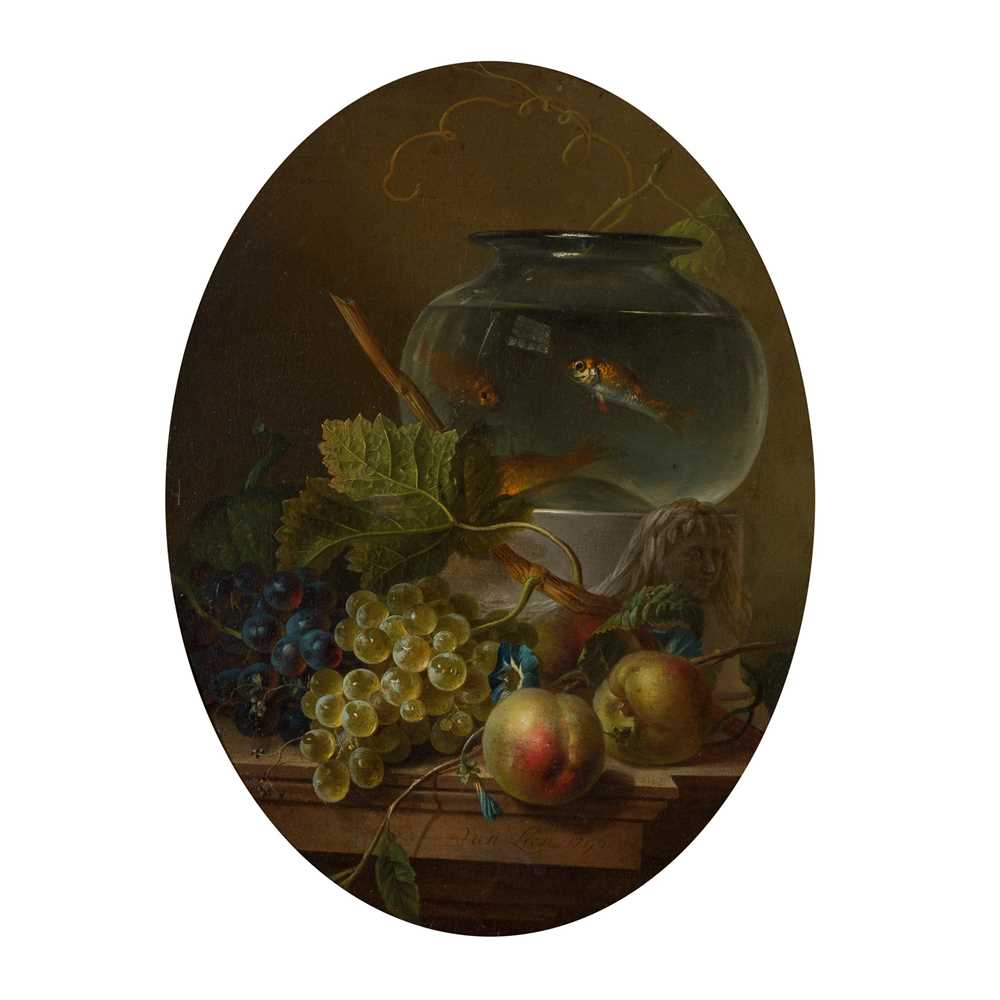

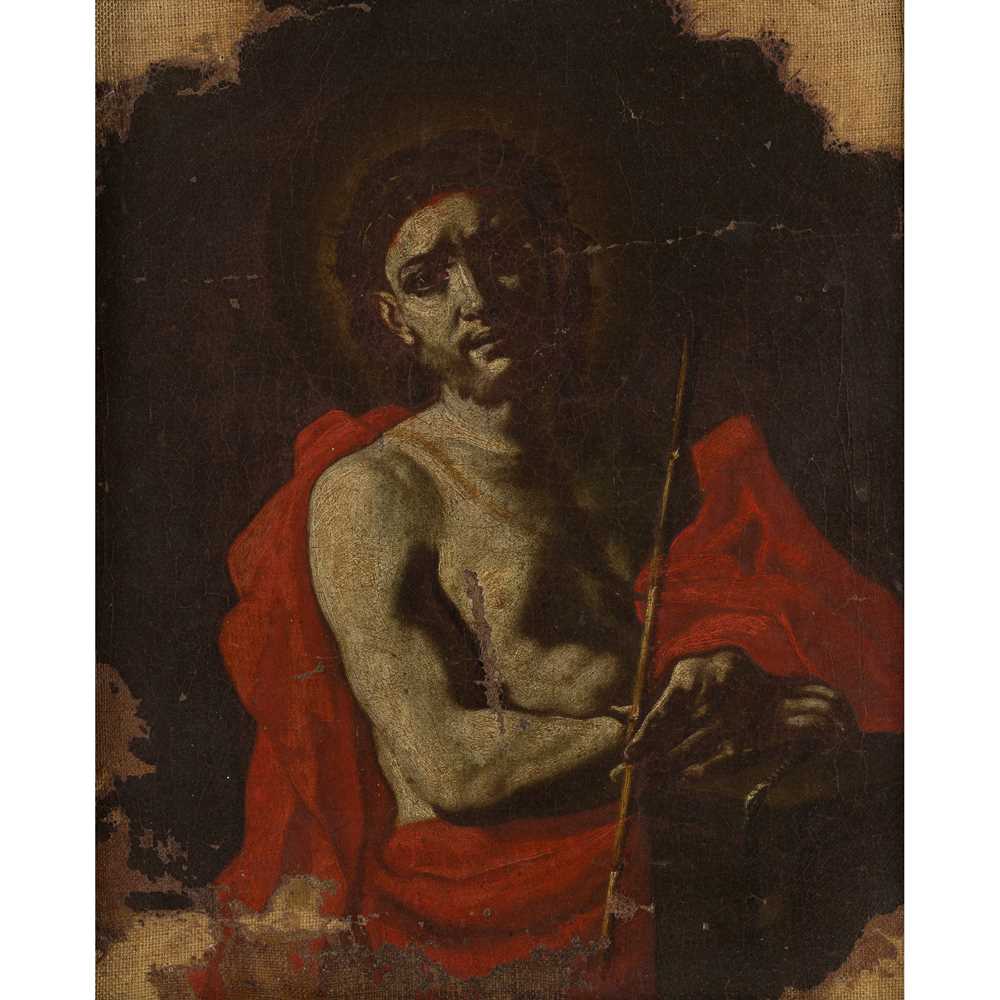
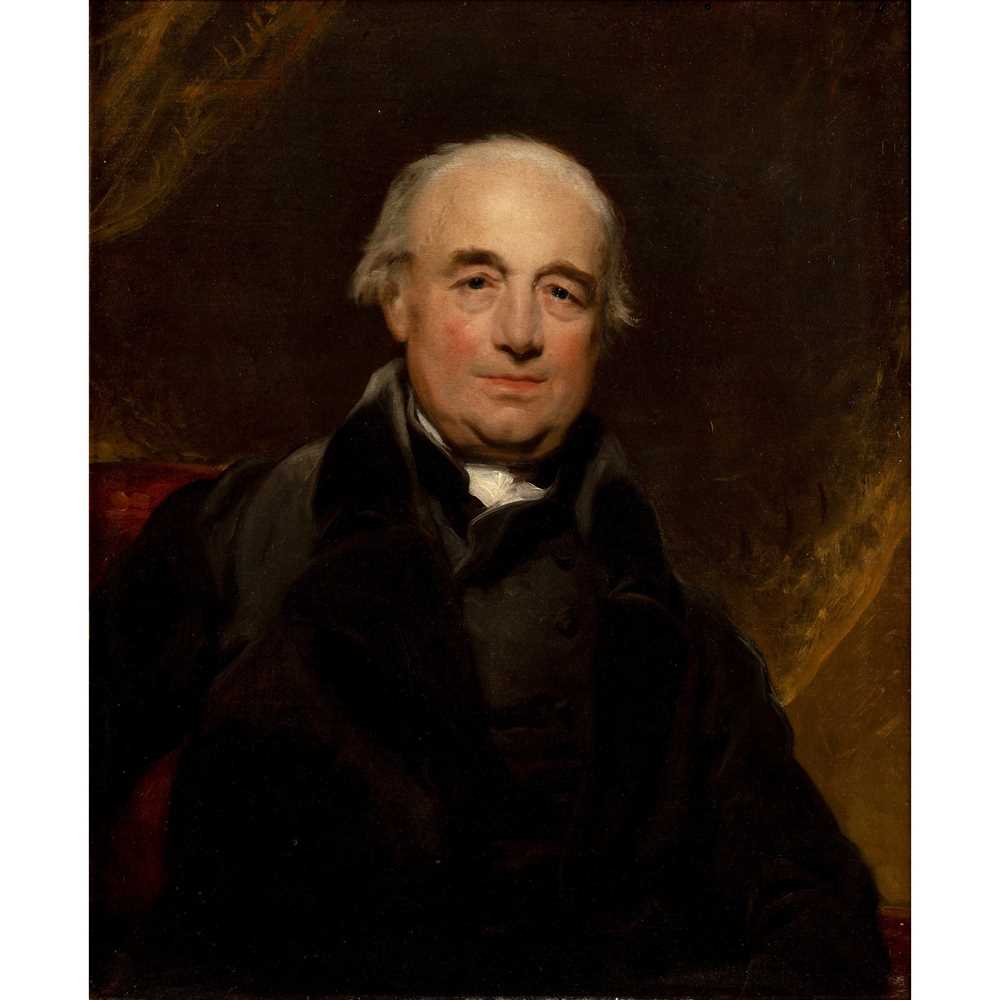
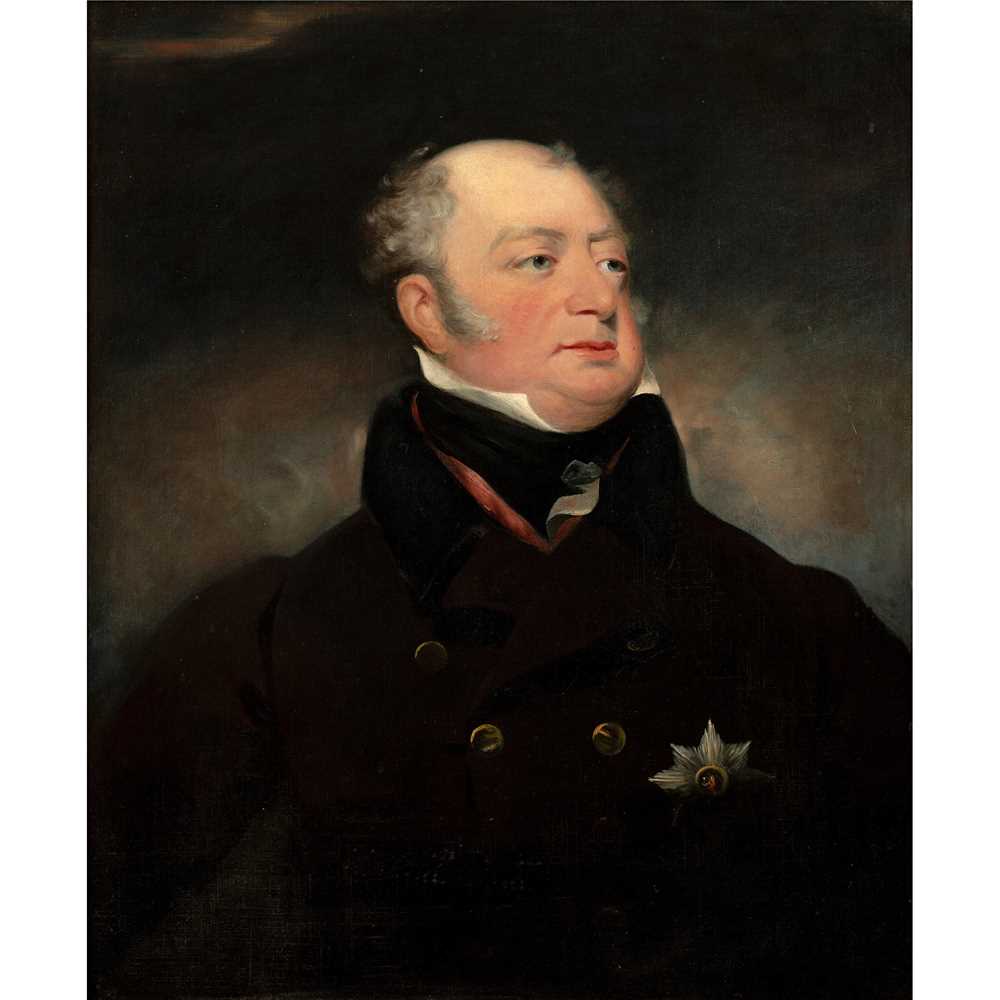
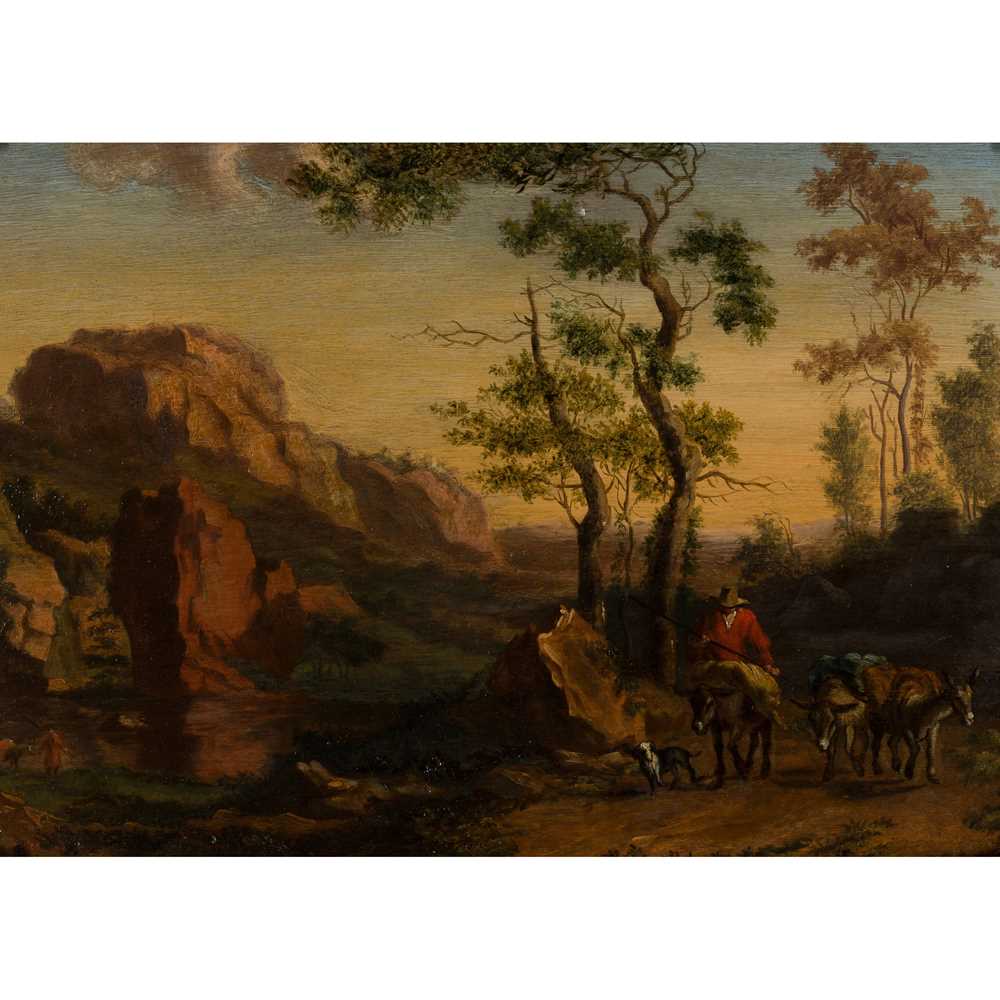
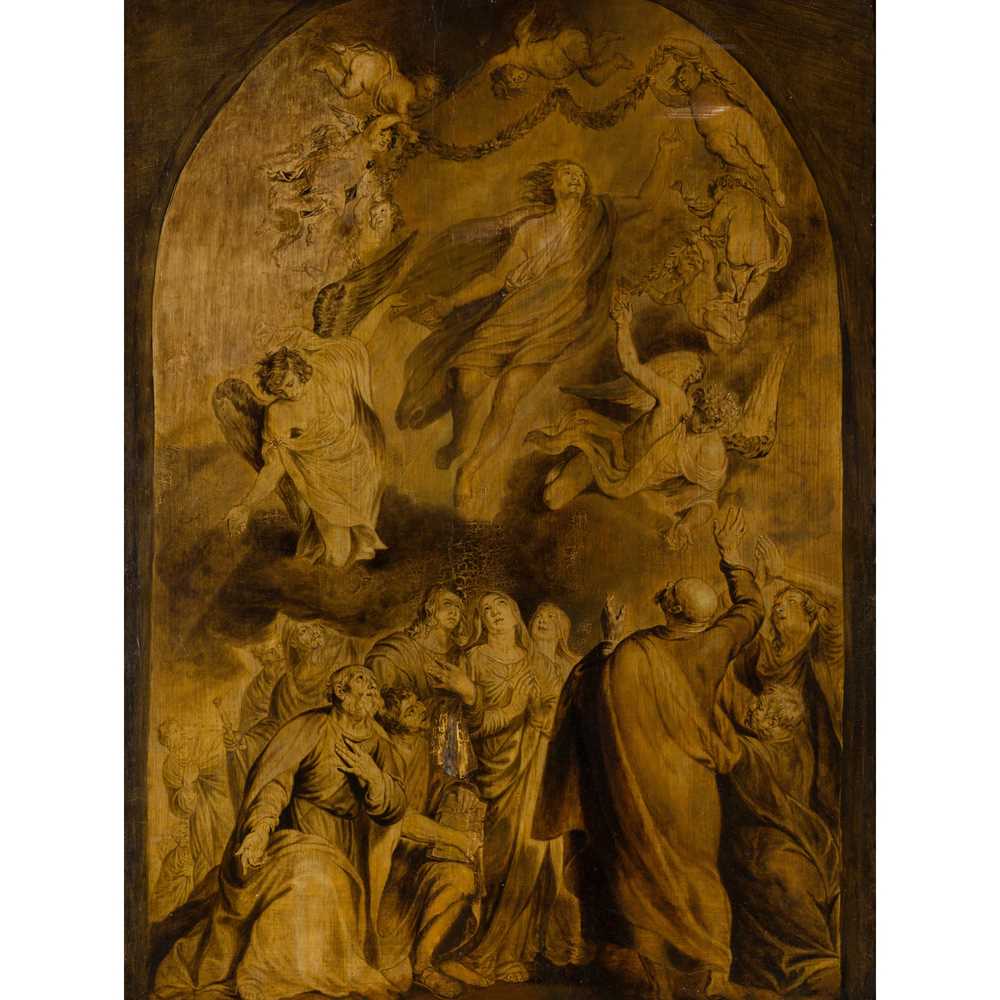
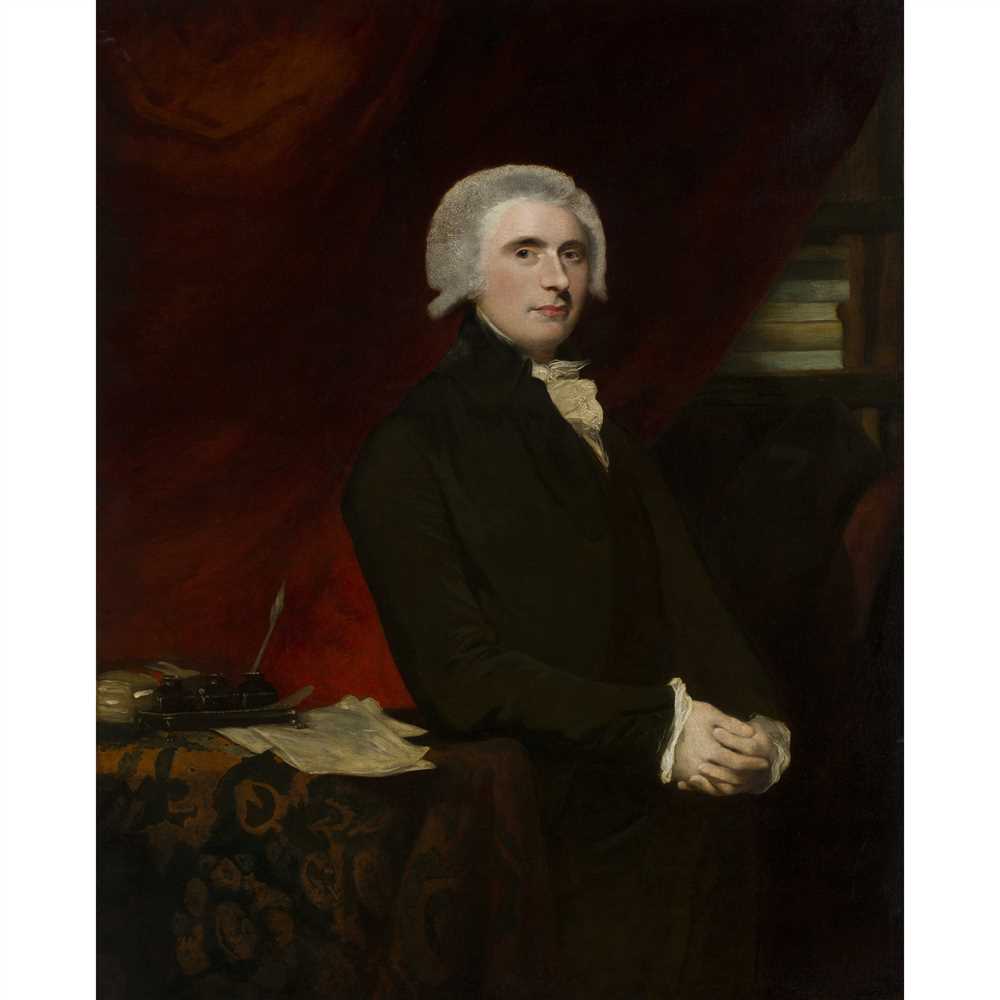
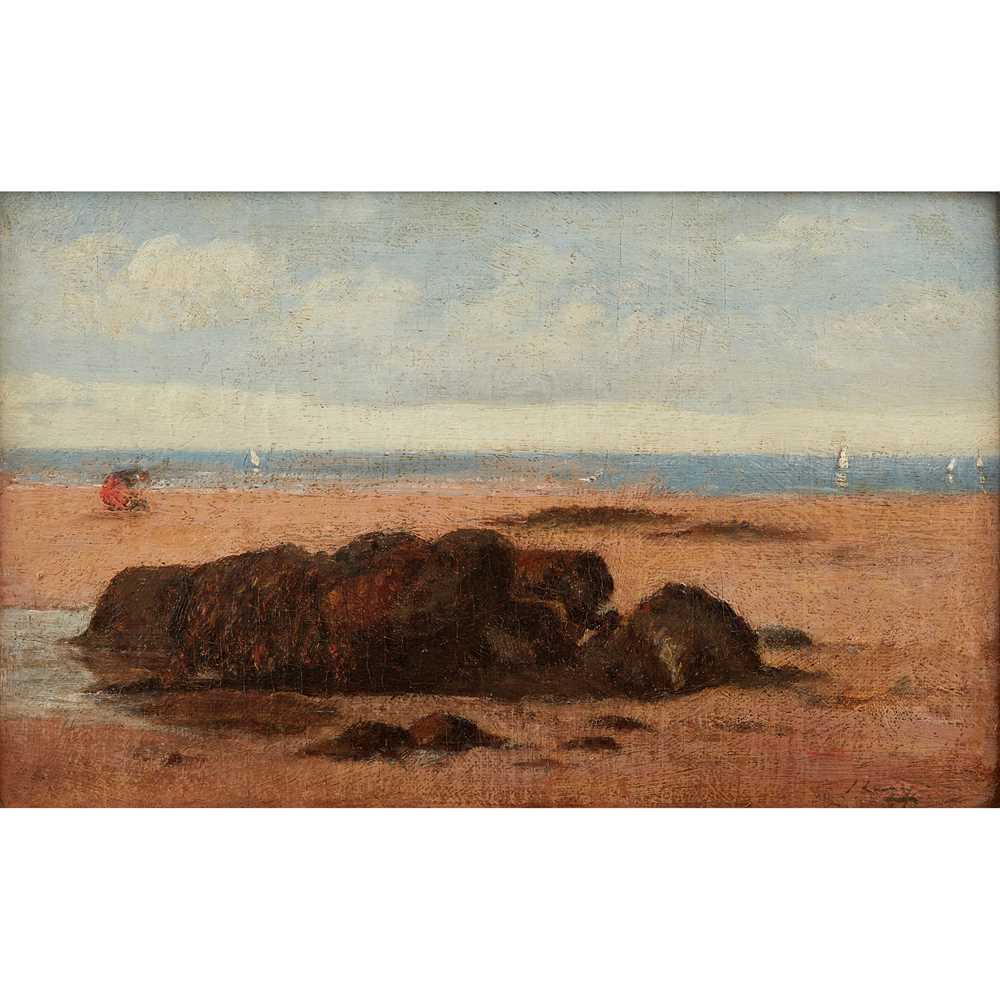
Try LotSearch and its premium features for 7 days - without any costs!
Be notified automatically about new items in upcoming auctions.
Create an alert